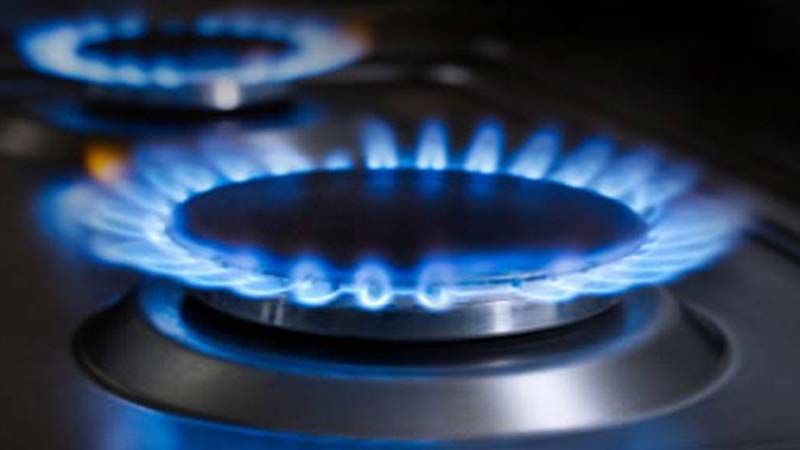Blue fuel has greatly facilitated the lives of ordinary people in Russian cities. Thanks to gas, heat, hot water and food appear in homes. Many of our compatriots do not even imagine how to live without this undoubted benefit of civilization. However, in recent years, it is increasingly possible to come across reports of gas explosions in apartment buildings, which killed dozens of people. In connection with this situation, we are increasingly confronted with the term VDGO. These letters are found in receipts for housing, regulatory documents and securities management companies. Much attention is paid to this topic at the government level, therefore new legislation is being developed that will take into account all the nuances associated with gas equipment installed in multi-apartment and private houses. Today you will receive comprehensive information about the concepts included in the definition of "VDGO". We will consider these and many other questions together with our readers. We will pay special attention to the maintenance of gas equipment, which is often interpreted differently.
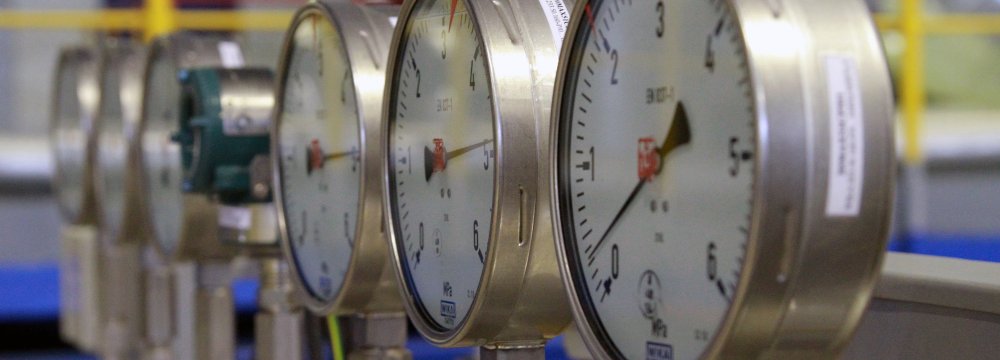
VDGO: abbreviation
Not all tenants understand these four letters, although they are regularly found in payment receipts. The decoding of the VDGO is quite simple, the abbreviation means only the domestic gas equipment. However, experts argue that this concept is multi-level and includes several categories of equipment.
It is noteworthy that the VDGO is both the devices in the apartment building and the equipment of private houses that fall into the category of individual residential buildings. Also, many include in this term the devices installed inside the apartment, although in reality they have their own designation.
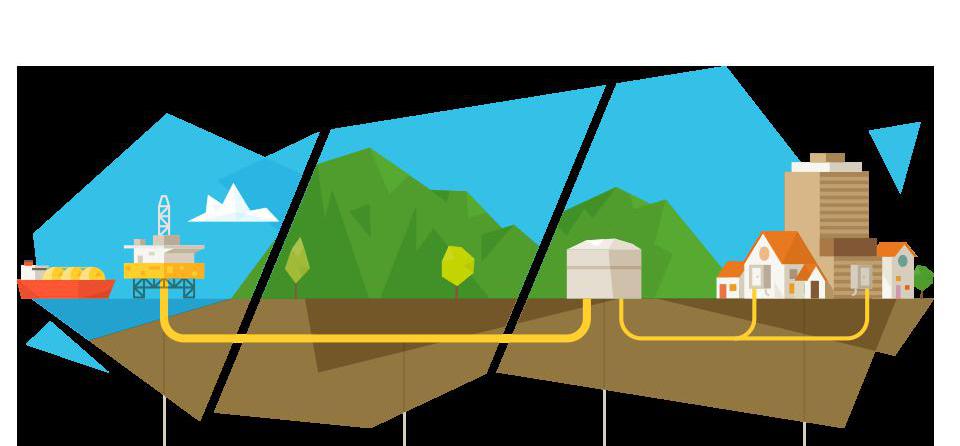
Let's talk about VDGO in more detail
You now know how to interpret the abbreviation, but we will nevertheless make some explanations necessary for its full understanding. So, let's understand this issue together.
Gas supply to houses is carried out thanks to pipes and distribution valves. They are a tangled network for an ordinary person, a network of interconnected equipment. Most often, entire residential neighborhoods are connected to blue fuel from a single source. Based on all of the above, it can be concluded that, relative to the VDGO multi-apartment buildings, it is a system of pipes going from the gas source to the distribution point, from where the blue fuel leaves the tenants' apartments. Also, the understanding of the term includes various devices located on the gas pipeline itself. This can be individual meters, general gas volume meters, safety valves, systems that monitor the presence of gas in the air, and the like. All of them are installed in a residential building before it is put into operation and must be checked for safety and serviceability by a special commission.
If we are talking about households, then all the pipes passing through the land belong to the VDGO. Usually they are laid from a single source up to all gas-based appliances. As in the previous version, this concept also includes additional technical devices, without which gas equipment cannot fully work, and the homeowner will not consider himself safe.
VDGO Maintenance: Yesterday and Today
Gas supply has always been considered an extremely profitable source of energy, but do not forget about its safety.To safely use blue fuel, you need to be sure that all equipment is working properly and does not pose any danger to the owners of apartments and houses. To this end, regular diagnosis of VDGO should be carried out. But there are several pitfalls in this matter, which make it difficult to operate gas equipment.
During the Soviet Union, the state of VDGO was monitored very carefully. This task was assigned to gas distribution organizations. According to the regulations, they carried out diagnostics and maintenance of all devices and the equipment itself. Worn-out units changed to new ones in time, so during the Soviet period there were practically no cases of a gas explosion in residential buildings.
In the nineties, the situation radically changed. The privatization of gas facilities began, however, the VDGO was not taken to the balance sheet and, in fact, already during this period was left without proper control. Some gas distribution organizations continued to operate as before and, despite corporatization, served apartment buildings. However, there was no money to replace worn out equipment with new one during this period. Financing of gas facilities was extremely stingy and a lot of VDGO was launched.
In the late nineties, the government did not pay due attention to this problem. It is noteworthy that gas equipment was not even included in the list of hazardous production facilities.
At the beginning of the 2000s, it became clear that it was no longer possible to ignore the situation with the VDGO. Therefore, a law was adopted, which is valid to this day. According to him, the responsibility for the technical condition of such objects rests with the owners of housing, who must conclude agreements with any specialized organizations. However, the requirements for them were not approved, as well as the regulatory framework on the basis of which these firms could operate.
To date, the state has absolutely no control over such companies and does not compile lists of organizations approved for the repair and maintenance of the VDGO. However, the increasing incidence of domestic gas explosions forced the government to pass a series of legislative acts in the gas industry.

Standards for technical maintenance of gas equipment
In recent years, the state has begun to more closely monitor issues related to the content of the VDGO. However, the primary responsibility for the safety of technical devices remains with the owners. But it is necessary to carry out maintenance within the time limits established by law. Once every three years, the equipment should be subjected to diagnostics and, if necessary, repair.
The range of measures taken is quite wide. They include the following items:
- diagnostics, maintenance and repair;
- replacement of worn knots as necessary;
- monitoring the condition of smoke and ventilation shafts;
- dispatching service.
Moreover, the legislative act also provides for the mandatory procedure for concluding contracts. This must be done by each of the owners of the equipment. Only certain organizations that meet a number of requirements can carry out work.
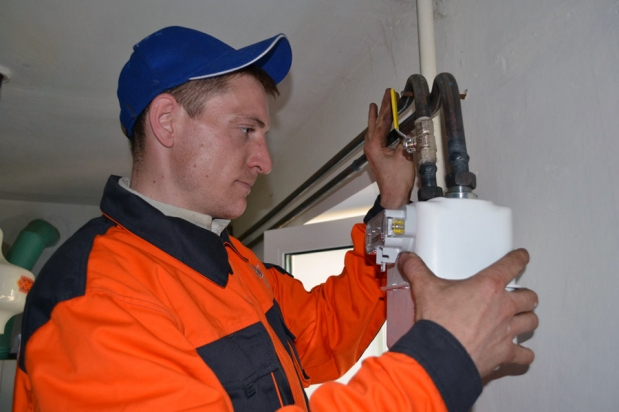
VDGO: specialized service organization
There are quite a lot of similar companies now, because the law establishes very vague requirements for specialized organizations. The main thing is that they can provide the customer with a set of measures, which we mentioned earlier. Thus, you can make a brief description of such a company.
It should possess the necessary equipment and a set of tools for carrying out its activities, have professional personnel and be registered in the territory of the Russian Federation. In addition, the organization must create a dispatch and emergency services, working around the clock.Residents of apartment buildings and private houses receive, along with the signed agreements, a list of telephone numbers that can be called in critical situations.
It is noteworthy that in spite of the periodicity of the maintenance of the VDGO determined by law, emergency situations still often occur. And for each such case, specialized organizations must respond instantly. It does not matter if the contract is concluded with the owner of the equipment.
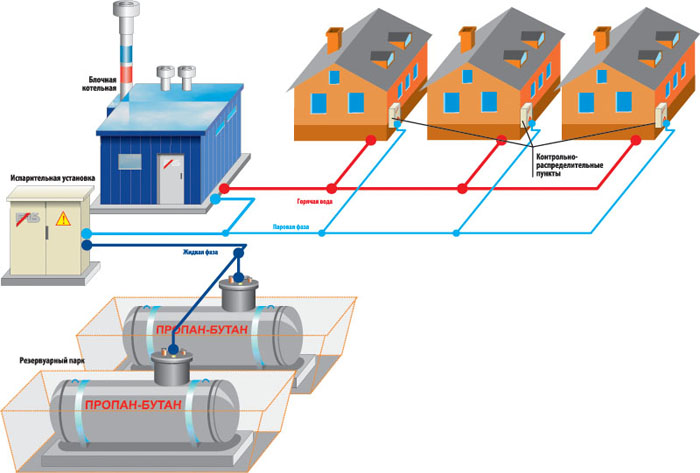
Cost of maintenance services
We must say right away that in different cities this figure can fluctuate significantly. You can find out exactly about the cost of services at the time of the application for the conclusion of the contract. If you conclude an agreement with the housing and communal services (and it, in turn, is already with the organization), then a small amount for the maintenance of the VDGO will be included on your receipt every month. However, keep in mind that maintenance itself will be carried out once every three years. In cases where the gas equipment is very worn out and already requires replacement, which for one reason or another cannot be made immediately, diagnostics are carried out at least once a year.
Sometimes contracts are concluded directly between the homeowner and the specialized organization. In this case, you will learn the amount of payment from the company employees. It can be divided into several payments or occur once after the provision of the service.

Features of the conclusion of the contract
The initiator of the conclusion of the agreement may be any of the parties. Sometimes the homeowner acts in this role, but HOA can do it for him. It is quite normal that specialized companies declare themselves and offer to conclude cooperation agreements.
An application written by hand, the owner must attach a package of documents consisting of proof of ownership of housing, certificates for gas equipment, papers related to sealing metering meters and a document that indicates the date of the last inspection.
Penalties
Each citizen, as an individual, and legal entities must necessarily conclude contracts for the maintenance of the VDGO. Otherwise, a system of penalties is provided. At the first imposition, the fine will be about two thousand rubles for ordinary homeowners and about one hundred thousand rubles for organizations using gas equipment.
If an accident occurred as a result of such negligence, the fine can be from thirty to four hundred thousand rubles, depending on the guilty person.
A repeated fine is usually twice as large as the primary one and may even cause a temporary stoppage of activity of a legal entity.
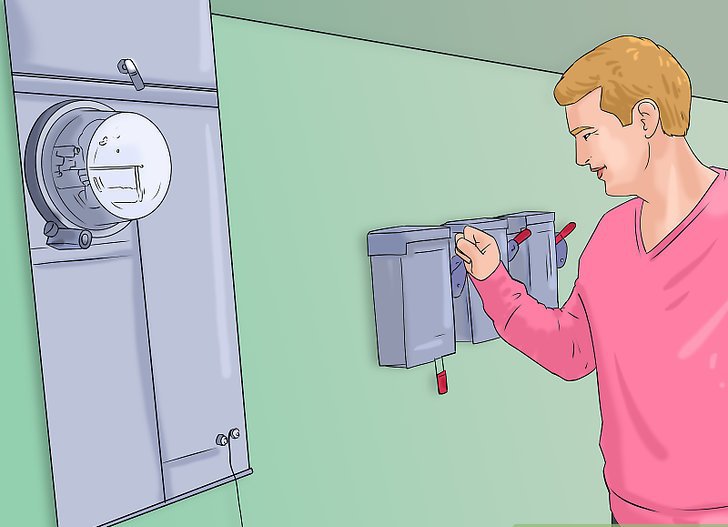
Security questions
Homeowners do not always think that they should carefully monitor gas equipment. Only in this case, you can safely use it and not be afraid of problems. To ensure the safety of the VDGO, you must follow a few simple rules:
- be sure to conclude maintenance contracts;
- not allow third-party masters to equip the equipment;
- monitor chimneys and ventilation shafts;
- pay on time for the received gas.
Conclusion
Blue fuel is undoubtedly an environmentally friendly and beneficial source of energy for consumers. However, do not forget that its use should be reasonable and primarily safe.
